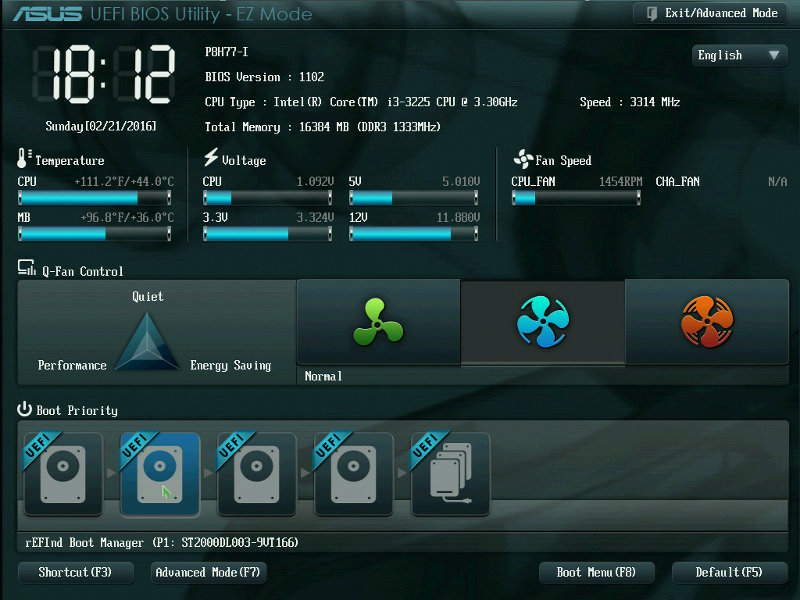
Next time you boot with Secure Boot enabled, HashTool will launch and you will need to enroll the hash of rEFInd ( loader.efi), rEFInd's drivers (e.g. See Secure Boot#Set up PreLoader to acquire signed PreLoader.efi and HashTool.efi binaries.Įxecute refind-install with the option -preloader /path/to/preloader # refind-install -preloader /usr/share/preloader-signed/PreLoader.efi See Managing Secure Boot for Secure Boot support in rEFInd. So you may have a bootable system at this point.

See #refind_nf for an example file.īy default, rEFInd will scan all of your drives (that it has drivers for) and add a boot entry for each EFI bootloader it finds, which should include your kernel (since Arch enables EFISTUB by default). Edit /boot/refind_nf and make sure the kernel parameters in it are correct for your system, otherwise you could get a kernel panic on your next boot. in live system when installing Arch Linux) /boot/refind_nf is populated with kernel options from the live system not the one on which it is installed. Warning: When refind-install is run in chroot (e.g. Where /dev/sdXY is your EFI system partition (the block device, not its mountpoint). This is helpful for bootable USB flash drives or on systems that have issues with the NVRAM changes made by efibootmgr: This will attempt to find and mount your ESP, copy rEFInd files to esp/EFI/refind/, and use efibootmgr to make rEFInd the default EFI boot application.Īlternatively you can install rEFInd to the default/fallback boot path esp/EFI/BOOT/boot圆4.efi. See refind-install(8) or read the comments in the install script for explanations of the various installation options.įor many systems it should be sufficient to simply run: The script has several options for handling differing setups and UEFI implementations. The rEFInd package includes the refind-install script to simplify the process of setting rEFInd as your default EFI boot entry. Warning: Your kernel and initramfs must reside on a file system that rEFInd can read.

To use the rEFInd, you must install it to the EFI system partition either using the refind-install script or by copying the files and setting up the boot entry manually. To find additional drivers see The rEFInd Boot Manager: Using EFI Drivers: Finding Additional EFI Drivers.

Additionally rEFInd can access any file system that UEFI itself can, that includes FAT (as mandated by the UEFI specification), HFS+ on Macs and ISO-9660 on some systems. REFInd ships with UEFI drivers that implement read-only support for ReiserFS, Ext2, Ext4, Btrfs, ISO-9660 and HFS+. 4 Installation alongside an existing UEFI Windows installation.3.1.1 For kernels automatically detected by rEFInd.2.1 Installation with refind-install script.


 0 kommentar(er)
0 kommentar(er)
